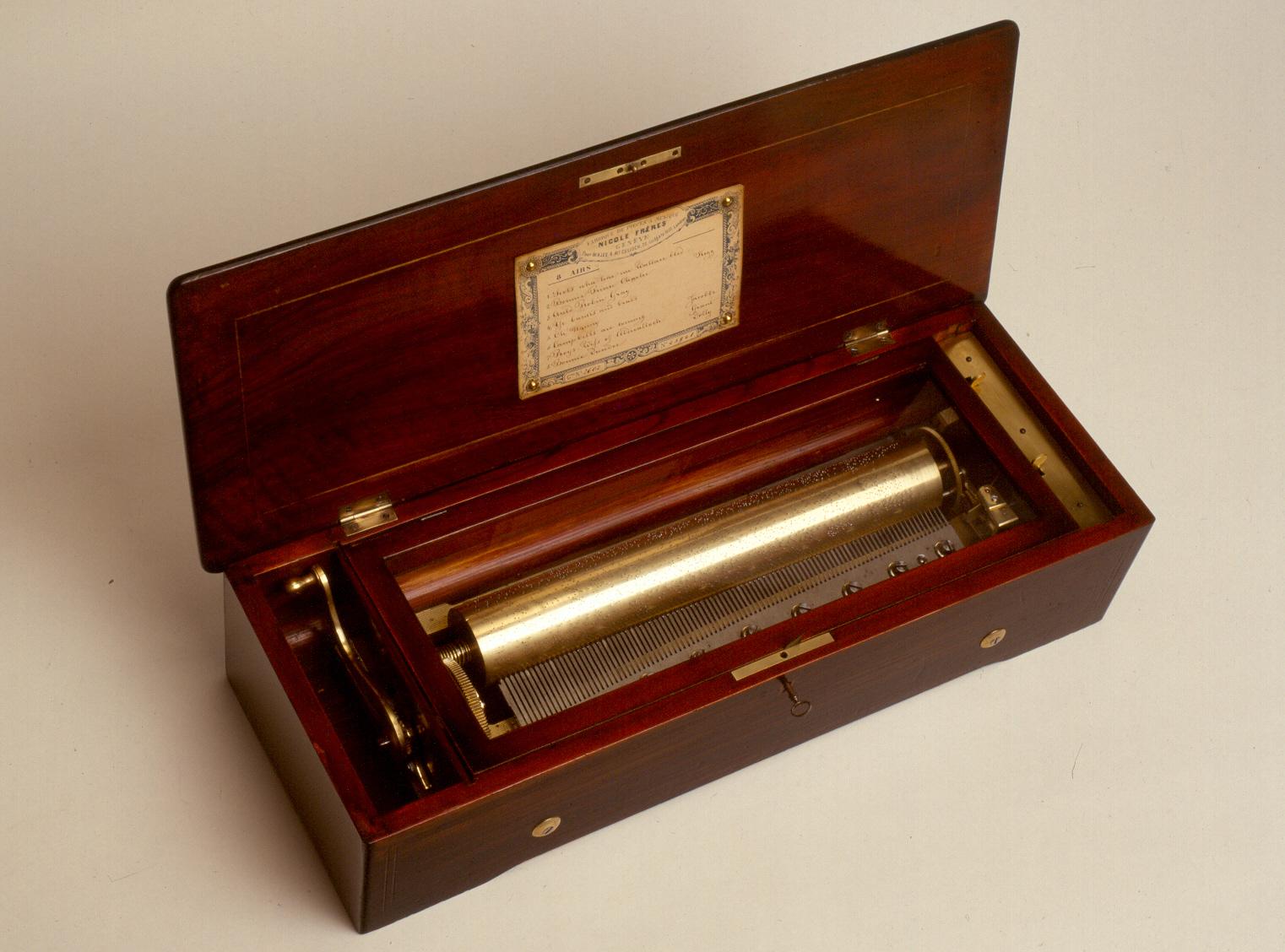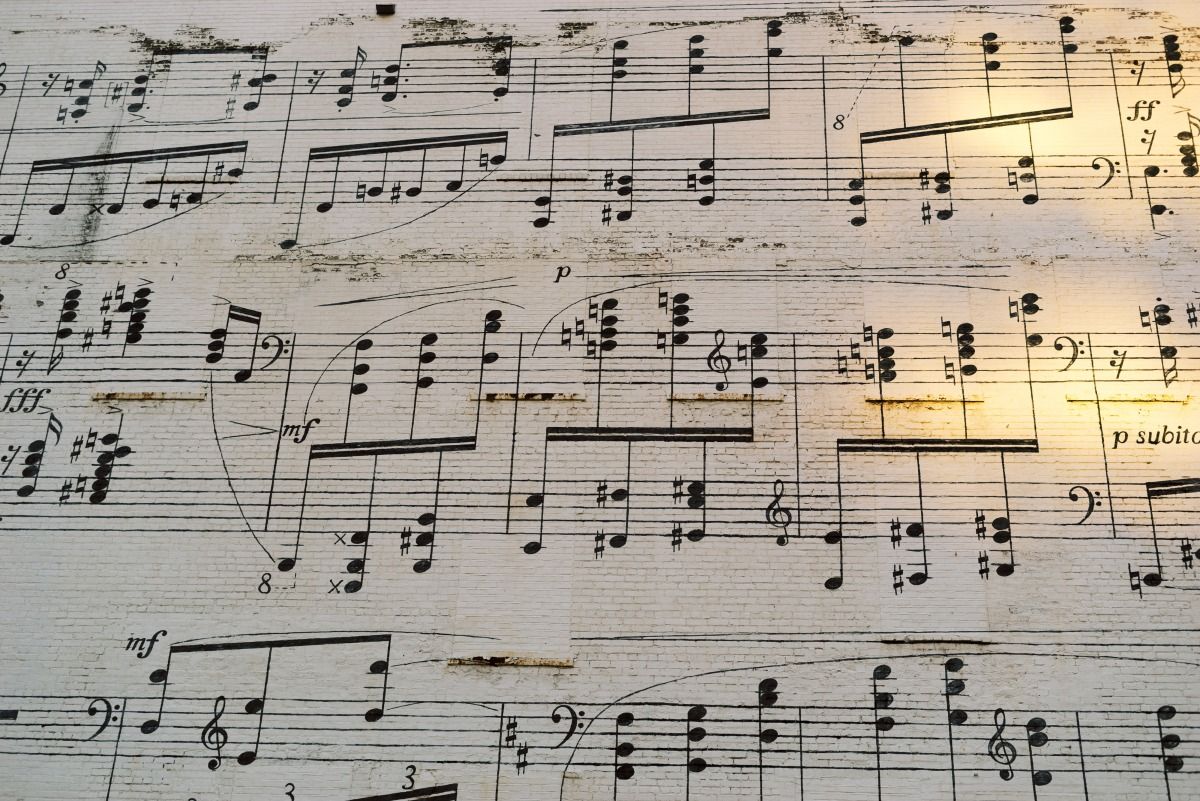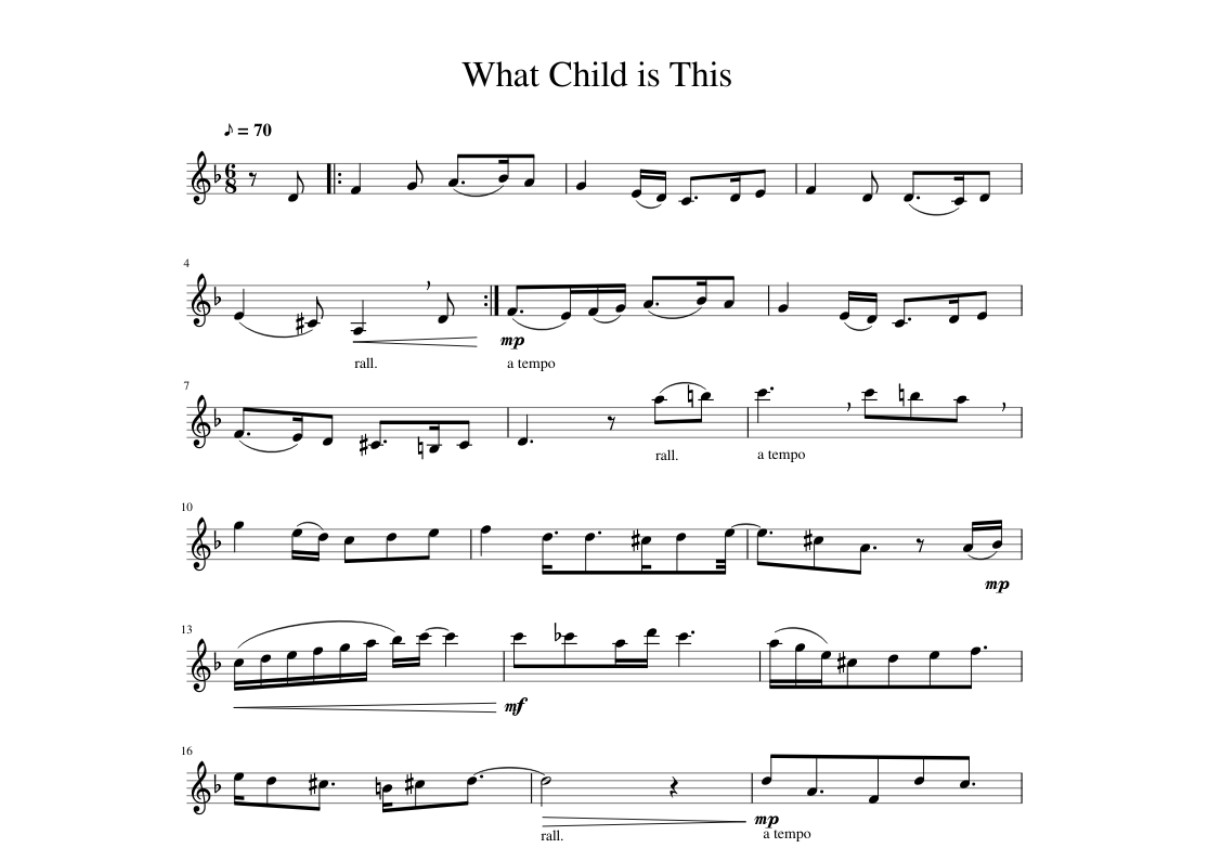Home>Events & Info>Note>On Violin Music How To Tell If It Is Open Note To Be Played


Note
On Violin Music How To Tell If It Is Open Note To Be Played
Published: December 5, 2023
Learn how to identify open notes on the violin and determine if a note is meant to be played, with helpful tips and techniques. Discover the essential knowledge for playing notes on the violin.
(Many of the links in this article redirect to a specific reviewed product. Your purchase of these products through affiliate links helps to generate commission for AudioLover.com, at no extra cost. Learn more)
Table of Contents
Introduction
When it comes to playing a musical instrument like the violin, understanding the different techniques and concepts is crucial for honing your skills. One essential aspect of playing the violin is knowing how to identify and play open notes. Open notes are the notes that can be played without pressing down any of the strings with your fingers. These notes are an important foundation for violinists of all levels, whether you are a beginner or an advanced player.
In this article, we will explore the world of open notes in violin music and discuss how to identify and play them. We will delve into the techniques required to produce clear and resonant open notes, as well as address common challenges that violinists may encounter when playing open notes. Whether you are a novice violinist seeking to master the basics or an experienced player looking to refine your open note technique, this article will provide the guidance you need.
Understanding open notes is the first step toward developing a strong foundation for your violin playing. These notes are essential for building intonation, developing a sense of pitch, and setting the stage for more complex techniques and melodies. By grasping the concept of open notes and learning how to produce them effectively, you will gain the confidence and skill needed to progress in your violin journey.
So, let’s dive into the world of open notes in violin music and unravel the mysteries behind these fundamental elements of the instrument. Discover the joy of playing open notes and embrace the beauty and versatility they bring to your violin repertoire.
What are open notes in violin music?
In violin music, open notes refer to the pitches that can be produced by plucking or bowing the violin strings without pressing down any of the strings with your fingers. The violin has four strings—G, D, A, and E—and each string has a specific pitch when played open. These open notes serve as the foundation for playing melodies, chords, and harmonies on the violin.
Each string on the violin is tuned to a specific pitch. The G string is the lowest string and produces the lowest pitch when played open. The D string is next in pitch, followed by the A string, and finally, the highest pitch is produced by the E string. The open notes on the violin are as follows:
- G string: G
- D string: D
- A string: A
- E string: E
When playing open notes, the violinist does not press down any of the strings with their fingers on the fingerboard. Instead, they rely on the weight and pressure of the bow or plucking technique to produce the desired pitch. These open notes are an essential starting point for learning the violin as they provide a clear and distinct reference point for pitch and intonation.
Understanding and mastering open notes is crucial for developing a strong sense of pitch and intonation on the violin. It allows violinists to train their ears to recognize and reproduce specific pitches accurately. By starting with open notes, violinists can build a solid foundation and develop the muscle memory needed for more complex techniques, such as playing different fingered notes and shifting positions on the fingerboard.
Open notes also play a significant role in creating harmonies and chords on the violin. By combining different open notes and adding fingered notes, violinists can produce beautiful and rich sounds. Open strings can be used as drones or sustained notes while playing melodies on other strings, creating a unique and resonant texture in the music.
Now that we understand what open notes are in violin music, let’s explore how to identify and play these fundamental pitches on the violin.
How to identify open notes on the violin
Identifying open notes on the violin is a fundamental skill that every violinist should develop. It allows you to play accurately and confidently, ensuring that you produce the correct pitch for each note. Here are a few techniques and tips to help you identify open notes on the violin:
- Know the open string names: Memorize the names of the open strings on the violin – G, D, A, and E. This knowledge will serve as a reference point for identifying open notes during your practice sessions and performances.
- Use visual markers: Look for visual markers on the fingerboard. The strings are typically marked with small lines or dots that indicate where the open note pitches are located. These markers can help you position your fingers accurately and ensure that you are playing the open notes correctly.
- Listen for the pitch: Develop your ear-training skills by listening carefully to the sound produced when you play an open string. Each string has a distinct pitch, and with practice, you will be able to identify and reproduce those pitches accurately.
- Utilize an electronic tuner: Use an electronic tuner to help you identify and fine-tune the pitch of the open notes. Tuners provide visual and auditory feedback, making it easier to detect whether you are playing the open notes at the correct pitch.
- Experiment with plucking: Experiment with plucking the open strings to get a feel for the sound and resonance of the open notes. Plucking the strings allows you to focus solely on the pitch and tone, helping you develop a better understanding of the open notes.
Remember, consistent practice and focused listening are key to developing your ability to identify open notes on the violin. Over time, you will become more familiar with the distinct pitches produced by each open string and gain confidence in playing them accurately.
Now that you know how to identify open notes on the violin, let’s move on to the techniques for playing these notes with precision and clarity.
Techniques for playing open notes on the violin
Playing open notes on the violin requires specific techniques to ensure clear and resonant tone production. Here are some essential techniques to help you play open notes with precision:
- Bow placement: Position the bow on the string, just above the fingerboard, near the bridge. This placement allows for optimal contact with the string, resulting in a clear and vibrant sound.
- Bow pressure and speed: Apply consistent bow pressure while maintaining a steady bow speed. Too much pressure may cause a harsh sound, while too little pressure can result in a weak and muted tone. Experiment with different bow pressures and speeds to find the optimal balance for each open note.
- Bow tilt and angle: Keep the bow perpendicular to the strings and maintain a slight tilt towards the fingerboard. This tilt helps to produce a fuller and resonant sound, enhancing the clarity of the open notes.
- Arm and wrist position: Maintain a relaxed and natural arm and wrist position while playing open notes. Avoid excessive tension, as it can hinder your ability to produce a smooth and even tone. Allow your arm and wrist to move freely to achieve a balanced and controlled sound.
- Left hand posture: Keep your left hand relaxed and curved when playing open notes. Avoid applying unnecessary pressure on the strings, as this can dampen the sound and affect the pitch. Aim for a light and effortless touch on the strings.
- Intonation: Focus on intonation and accuracy when playing open notes. Use your ears to guide you, ensuring that the pitch is precise and in tune. Regular practice and ear training exercises will help you develop a keen sense of intonation.
Working on these techniques will enable you to play open notes confidently and produce a clear and resonant sound. Remember to practice slowly and gradually increase your speed as you become comfortable with each technique. Consistent practice and attention to detail will yield noticeable improvements in your open note playing skills.
Now that we have covered the techniques for playing open notes on the violin, let’s address some common challenges that violinists face and explore tips for overcoming them.
Common challenges and tips for playing open notes on the violin
While playing open notes on the violin may seem straightforward, there are some common challenges that violinists often encounter. By being aware of these challenges and implementing effective tips, you can overcome any difficulties and improve your open note playing skills. Here are some common challenges and tips to help you:
- Inconsistent tone: One challenge violinists face is producing a consistent and even tone across all open notes. To overcome this challenge, focus on maintaining a balanced bow pressure and speed. Practice playing long, sustained open notes to develop your control and achieve a seamless tone.
- Pitch accuracy: Ensuring that the open notes are played at the correct pitch can be challenging, especially for beginners. To improve your pitch accuracy, utilize electronic tuners or play alongside a reference pitch, such as a piano or tuning app. Regular ear training exercises will also enhance your ability to detect and reproduce the desired pitches.
- Tension and stiffness: Tension in the bow hand, arm, or left hand can result in a strained and restricted sound. Work on maintaining a relaxed posture, keeping your wrist and arm flexible, and avoiding unnecessary tension. Regular warm-up exercises and stretches can help alleviate tension and promote a more natural playing technique.
- Inconsistent bow contact: Achieving consistent bow contact across the entire length of the string is essential for producing a balanced sound. Practice exercises that focus on bow distribution and try to maintain an even bow contact throughout the stroke. Pay attention to the angle and tilt of the bow to ensure optimal contact and sound production.
- Overcoming string noise: String noise, also known as bow noise, can be a challenge when playing open notes. String noise occurs when the bow makes contact with the string during a change in direction. To minimize string noise, focus on smooth and controlled bow transitions, maintaining an even and consistent bow speed.
Remember that overcoming these challenges requires dedication, practice, and patience. Regularly incorporating exercises that target these specific areas of difficulty will help you refine your technique and improve your overall open note playing skills.
By acknowledging and addressing these common challenges and implementing the provided tips, you will gradually develop a strong foundation in playing open notes on the violin. Embrace the learning process, be attentive to details, and enjoy the journey of becoming a proficient open note player.
Now, let’s conclude our exploration of open notes in violin music.
Conclusion
Mastering open notes in violin music is a crucial skill for violinists of all levels. These fundamental pitches serve as the building blocks for developing intonation, pitch recognition, and overall technique on the instrument. By understanding how to identify and play open notes on the violin, you lay the groundwork for more advanced playing and musical expression.
In this article, we explored what open notes are in violin music and discussed techniques for identifying and playing them. We learned that open notes are the pitches produced by the four open strings of the violin – G, D, A, and E. We also explored various techniques, such as bow placement, bow pressure, and left hand posture, that contribute to playing open notes with precision and clarity.
Additionally, we addressed common challenges that violinists may face when playing open notes, including inconsistent tone, pitch accuracy, tension, and bow contact. By implementing the tips provided, such as focusing on consistent bow pressure, regular practice, and proper posture, you can overcome these challenges and enhance your open note playing abilities.
Remember, mastery of open notes on the violin takes time, patience, and consistent practice. As you continue to develop your skills and expand your repertoire, be sure to maintain a focus on playing open notes with clarity, precision, and musicality.
Now it’s time to apply what you’ve learned and embark on a fulfilling journey of exploring the rich world of open notes in violin music. Embrace the beauty and versatility of these foundational pitches as you continue to grow as a violinist. Happy playing!











